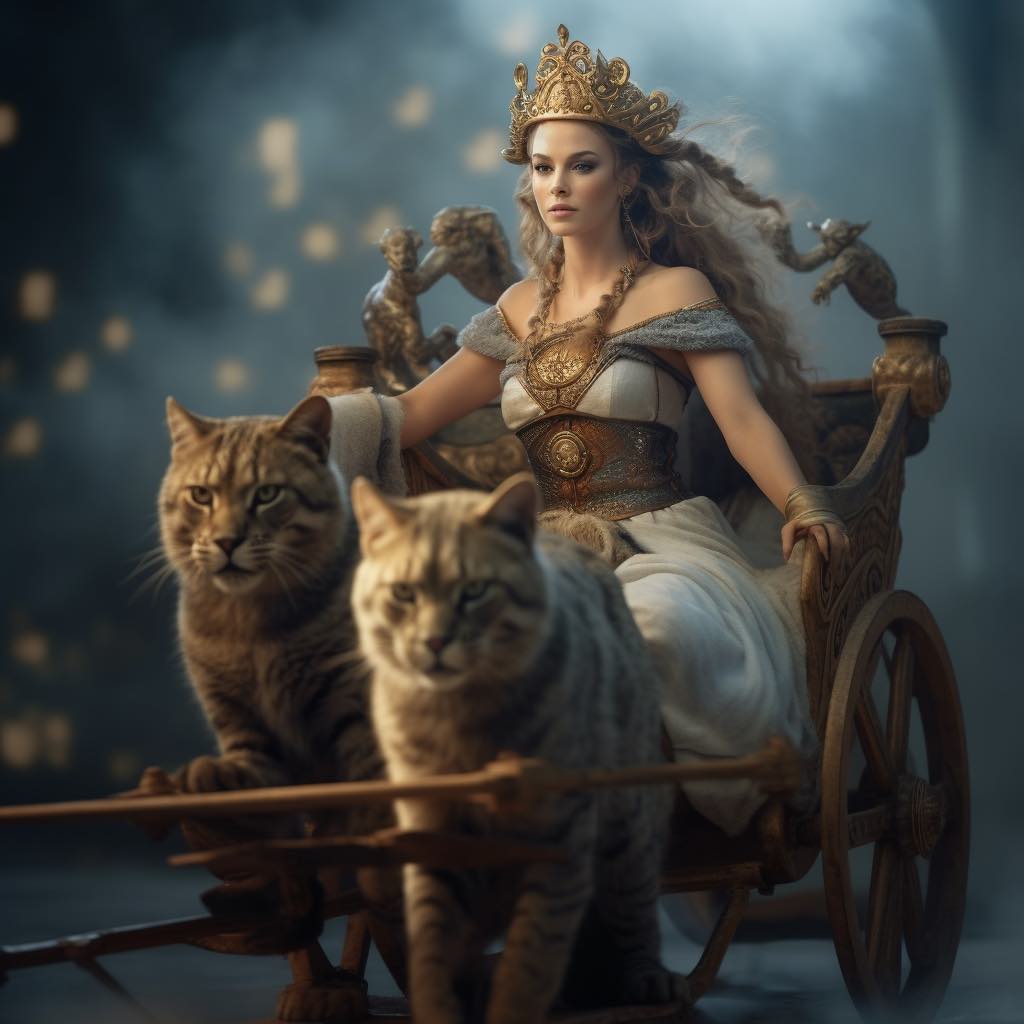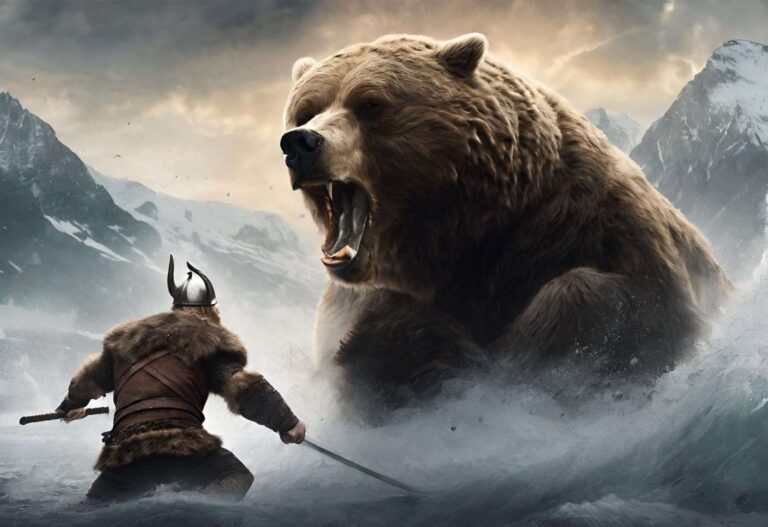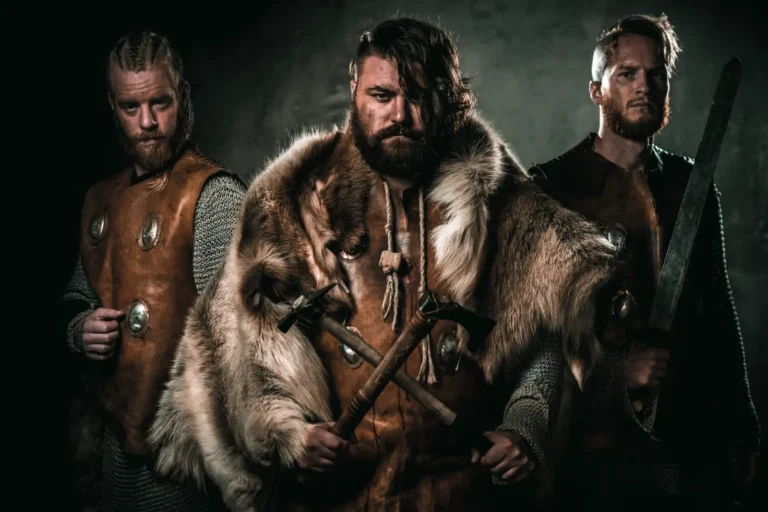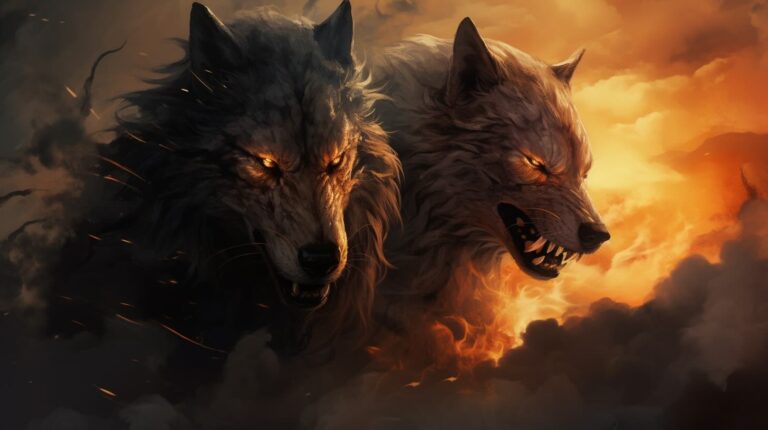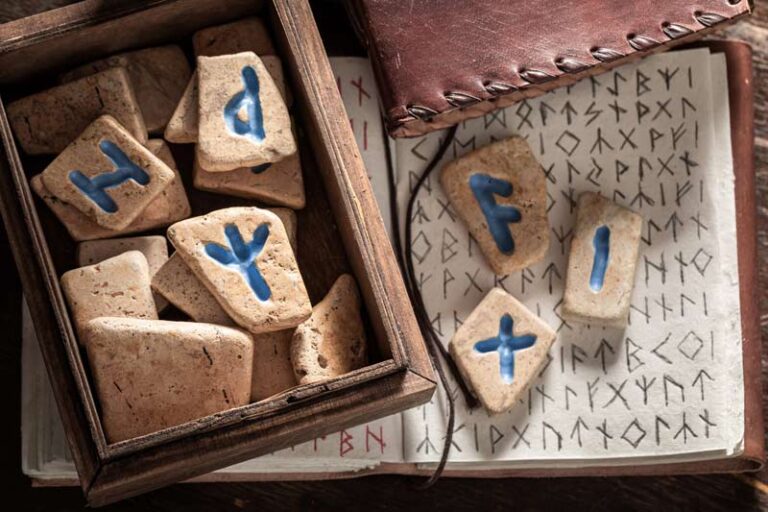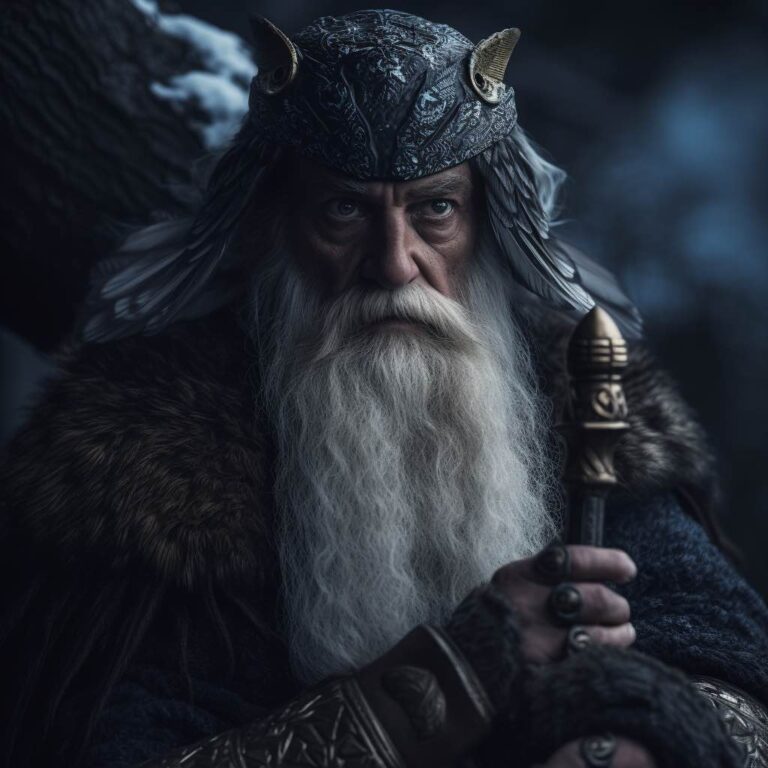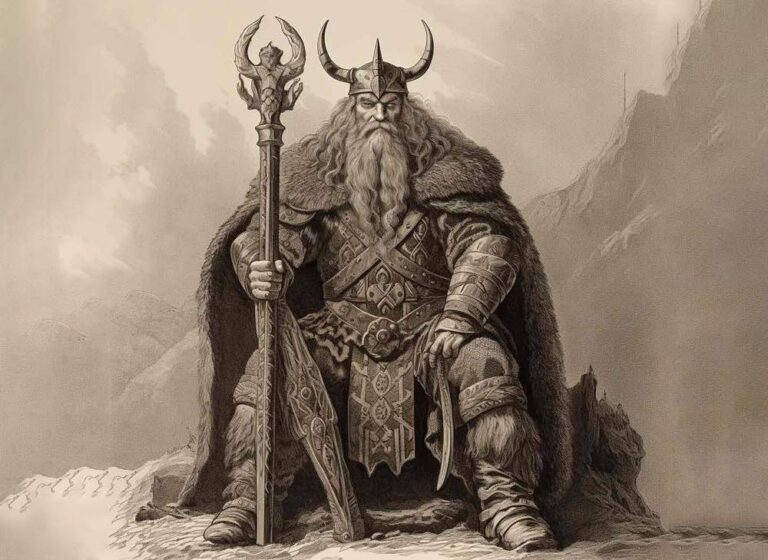The mythology of the Vikings did not denigrate women. Instead, they played important roles as powerful Viking Goddesses with unique talents and specialties. These powerful women were highly revered by the Vikings, who frequently associated them with adoration, fertility, marriage, but also death. This article explores the fascinating world of Norse goddesses, including Freya, one of the most well-known characters in Norse mythology.
Freya: Norse Goddess of love and war
One of the most well-known and revered of the Norse goddesses is Freya, the goddess of love, fertility, war, and death. She was well known for her breathtaking good looks, ferocious warrior spirit, and magical skill. Freya was associated with sexuality as well, and it was rumored that she had both celestial and mortal lovers.
Freya was frequently portrayed as riding a chariot drawn by two cats and as having the ability to change into a bird while donning a cape made of falcon feathers. She was rumored to be a strong seer who could predict the future. After a fight, Freya would choose out half of the dead warriors to take to her domain of Fólkvangr and the other half to the land of Odin, called Valhalla.
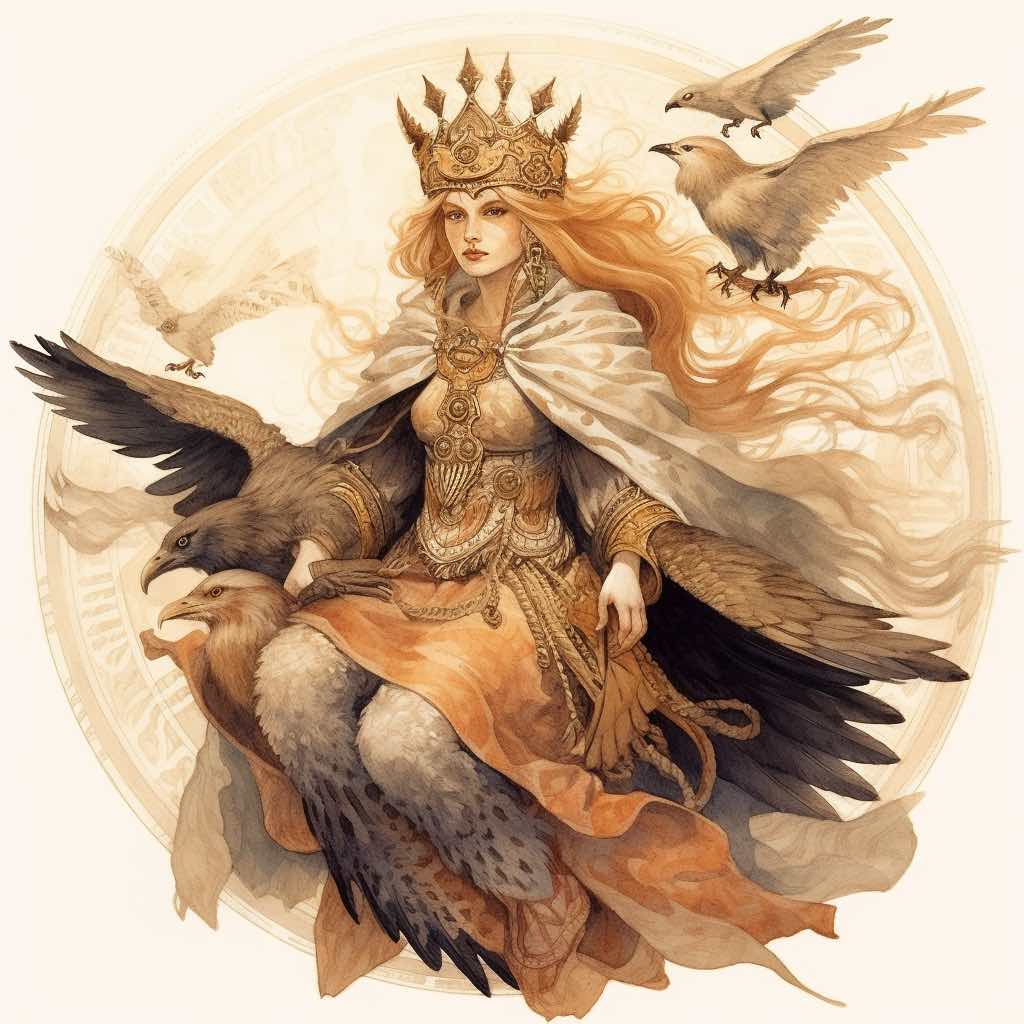
Frigg: queen of Aesir
Frigg stands as a prominent and multifaceted figure, revered as the queen of the Aesir. As the wife of Odin, the All-Father, Frigg holds a position of great significance within Norse gods and goddesses. Frigg is often depicted as a goddess of wisdom and foresight, possessing the ability to see the future but choosing to keep her knowledge guarded. Her character is marked by a blend of strength and nurturing qualities, making her a symbol of maternal care and protective love. Frigg is also associated with the weaving of destiny, as she spins the threads of fate on her great loom, intricately connected to the destiny of all beings.
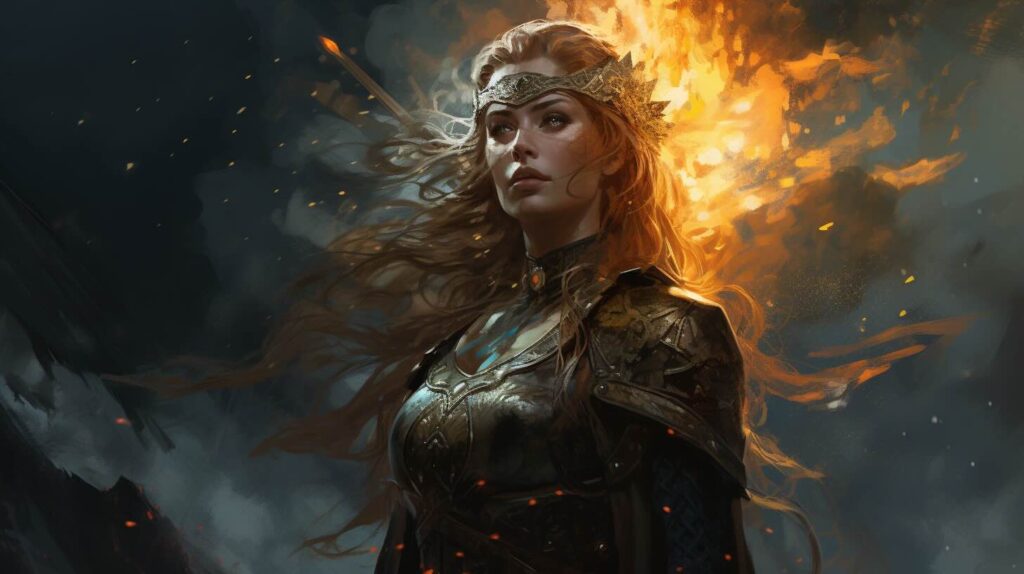
Other Norse Goddesses
In addition to Freya and Frigg, there were several other well known Viking deities. One of them was Skadi, the god of winter, skiing, and hunting. Skadi’s legendary strength and hunting skills were said to allow her to outpace any animal in the forest. She apparently had a link to mountains and was wedded to the deity Njord.
Another important goddess to the Vikings was Hel, the god of death and the underworld. She was the daughter of Loki. The other gods feared and adored Hel for her control over the underworld. Hel was a semi-alive, semi-dead being. She was frequently depicted as having a partially decomposing corpse and as having the power to heal any wound or disease.
Another notable Norse goddess is Ran, the goddess of the sea and of drowned sailors. It was believed that Ran would drag sailors to her underwater domain if they angered her. Many times, Ran was represented as a vicious sea serpent.
Other Norse goddesses in Norse mythology include:
- Sif: Sif is a fertility goddess associated with earth and harvest. She is also known as the wife of Thor and is often depicted with golden hair, which represents the grain fields.
- Idun: Idun is the goddess of youth and keeper of the golden apples that grant immortality to the gods. Her role is vital in maintaining the eternal youth of the Aesir.
- Eir: Eir is a goddess associated with healing and medicine. She is often invoked for assistance in matters of health and well-being.
- Nott: Nott is the personification of night in Norse mythology. She is the mother of the day, Dagr, and together they cycle through the heavens.
- Fulla: Fulla is a handmaiden and confidante of Frigg. She is often depicted as carrying Frigg’s box of treasures and is associated with fertility and abundance.
- Sjofn: Sjofn is a goddess associated with love and passion. She is said to influence the emotions and desires of men and women, promoting love and unions.
It is important to note that a wide range of Viking goddesses may be found in Norse mythology, and that the descriptions of these goddesses can vary throughout sources and interpretations.
Conclusion
Viking goddesses played important roles in Norse mythology and were revered by the Viking people. The powerful Freya and the adored and feared Hel were only two of the fierce and ferocious deities that symbolized the values and beliefs of the Viking society. By looking into the world of the goddesses, we can gain a better understanding of the broad and complex Viking mythology.
